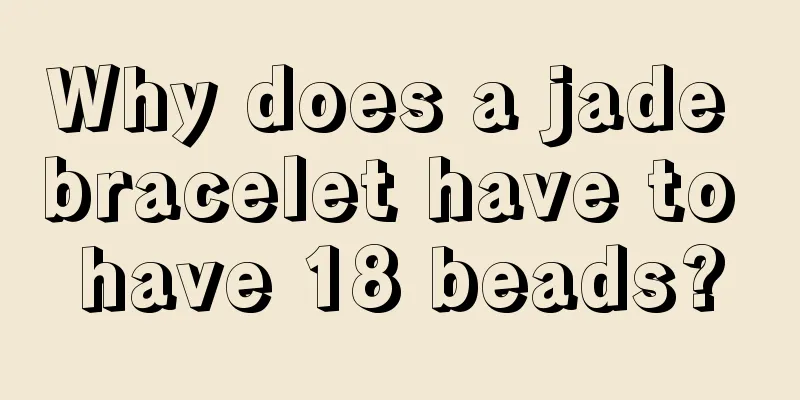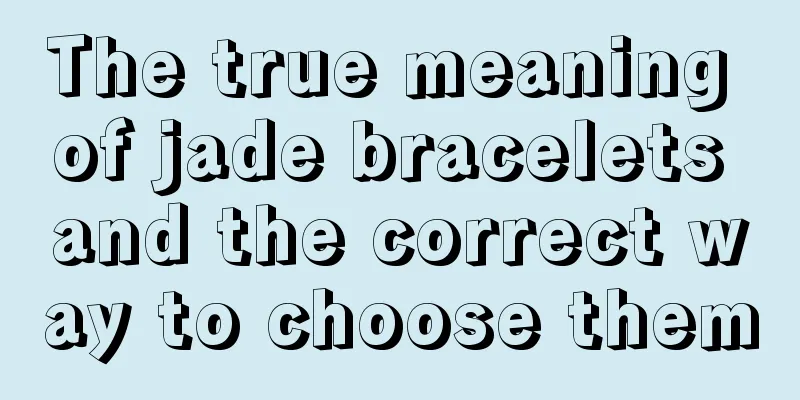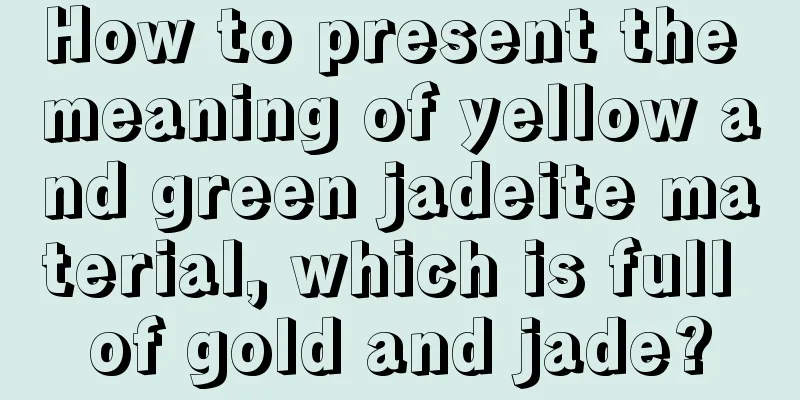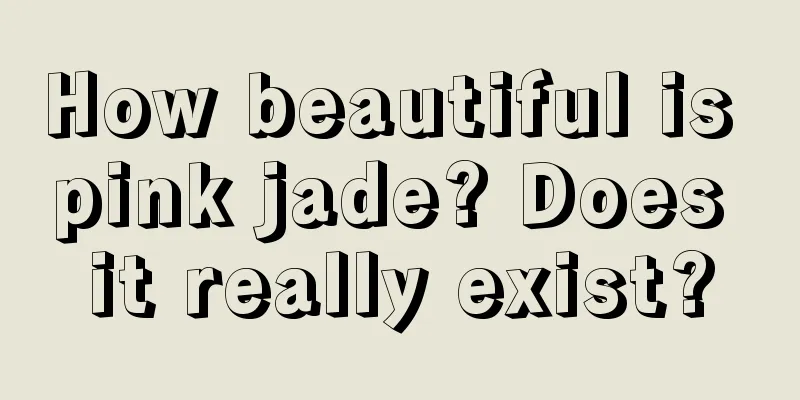Why does a jade bracelet have to have 18 beads?

|
Jade bracelets were first popular among the upper class in the Qing Dynasty, largely due to the Qing royal family's love for jade. But what is different from now is that the concubines and nobles of the Qing Dynasty preferred jade bracelets rather than the jade bracelets that modern people like. When they wear jade bracelets, there is also a very special requirement, which has been passed down to this day, that is, the number of beads in the jade bracelet must be eighteen. So, where did this particularity come from? It turns out that bracelets originally originated from Buddhist beads. Buddhism has the concept of Eighteen Arhats, that is, on each string of eighteen beads there are respectively carved eighteen Arhats of different shapes. The concubines in the Qing Palace all worshipped and believed in Buddhism. There were many Buddhist temples in the palaces. They spent their lonely and leisurely palace life by chanting and reciting Buddhist scriptures. In ancient China, a mother was honored by her son, and this was especially true in the imperial palace. Therefore, the concubines called each emerald bead in the bracelet "zi", which meant that they hoped to gain the emperor's favor and rise to prominence. Therefore, the tradition of having eighteen jade beads on a jade bracelet started at that time and has been passed down to the present day, with the meaning of having many children and good fortune. In ancient my country, the single colors of jade, "red, green, purple, yellow, and white", respectively represent "happiness, fortune, longevity, joy, and wealth." To be precise, jade can have seven colors: yellow, white, green, red, purple, black and blue. These colors can appear on a piece of material at the same time, and it is easier to obtain if it is a bracelet. Generally, every additional color block appearing on jade will increase its price a hundred times. The multi-color cases are as follows: Yellow + Green: Also known as "Royal Green", yellow jadeite and green emerald, symbolizes the royal bearing and style. Purple + green: the common "spring color", which means being successful and winning everyone's applause. Red + Green + Purple: called "Fu Lu Shou", which means blessing, high position and longevity, and includes the three best fortunes in life. Red + green + purple + white (or yellow): "Fu Lu Shou Xi", not only high official position and wealth, happiness and longevity, but also joy every day. Red + green + purple + white + yellow: "Five blessings coming to the door", good fortune, wealth, longevity, happiness and fortune are all available.
fcgc33 fcpf18 |
<<: As a jade investor, how can you grasp the investment focus and obtain considerable benefits?
>>: Why are the jadeite items so expensive?
Recommend
The most comprehensive jade identification method has been compiled. With this, you will never be a jade novice again.
Experienced jade experts can tell the authenticit...
Why is Jadeite valuable for investment?
95% of the gem-grade jade produced in the world c...
The jadeite rough stone, the window almost mutated, but peeling it to get the piece created a wonder
The original stone has been opened, and a rich co...
Teach you how to easily identify jade "A goods"
When buying jadeite in the market, for beginners ...
If newbie friends want to buy jadeite, how can they pick a good one?
If newbie friends want to buy jadeite, how can th...
Do you know all the “Five Greatest” Jadeite?
In the jade family, different colors, water quali...
Jade carving design gives life to a piece of stone, full of surprises!
In the creation process of jade carving works, th...
You should know the two "big" characteristics of jade, but you rarely pay attention to them
Jade has many characteristics. Today we will talk...
The master's work was sold for nearly 10 million yuan. What is so good about Jieyang jade carvings?
As the "craft" in "type, water, co...
The collection and investment value of jadeite
For many years, the price of jadeite has remained...
Clear-bottomed gold-thread jadeite sheet material, privately customized carving of fishing themes, let you see what a fine product is!
The jade carver finally got inspiration from the ...
How to determine the grade of jadeite and how to choose jadeite
Ten years ago, the jade market was still thriving...
Eye-opening: This is how jade was carved in ancient times!
Since ancient times, gentlemen have compared thei...
The essence of jade carving: discard the dross and retain the essence
Jadeite is the most valuable of all jade types an...
Jade Appreciation | Descendants of the dragon deserve the dragon’s blessing!
The dragon is the totem of the Chinese nation and...









